Table of content
Introduction
Zongzi, a traditional Chinese rice dumpling wrapped in bamboo leaves, is a culinary treasure deeply rooted in cultural heritage. These pyramid-shaped delights, often filled with ingredients like glutinous rice, red bean paste, pork, or salted egg yolk, are synonymous with the Dragon Boat Festival. However, their preparation can be labor-intensive, leading many to wonder: Can frozen zongzi be sealed for long-term storage without compromising taste or safety? This article explores the science behind freezing zongzi, the importance of proper sealing techniques, and best practices to ensure these treats remain as delicious as the day they were made.
The Science of Freezing and Sealing Zongzi
Freezing is a preservation method that halts microbial activity and enzymatic reactions, extending the shelf life of perishable foods. However, the quality of frozen zongzi depends heavily on how they are stored. Air, moisture, and temperature fluctuations are the primary enemies of frozen food, causing issues like freezer burn, texture deterioration, and off-flavors.
Why Sealing Matters
Sealing zongzi before freezing serves two critical purposes:

- Preventing Freezer Burn: Exposure to cold, dry air in the freezer dehydrates food, leading to a leathery texture and discoloration.
- Blocking Odors: Freezers often house various foods, and zongzi’s porous structure can absorb unwanted smells if not properly sealed.
The Role of Packaging Materials
Not all containers are created equal. The ideal sealing method for zongzi should:
- Be airtight to minimize oxygen exposure.
- Withstand sub-zero temperatures without cracking or leaching chemicals.
- Allow for minimal air pockets to reduce oxidation.
Common options include vacuum-sealed bags, airtight plastic containers, and heavy-duty freezer-safe wraps. Each has pros and cons, which we’ll dissect later.
Sealing Methods: Pros, Cons, and How-Tos
Vacuum Sealing
Vacuum sealers remove air from packaging, creating an oxygen-free environment that drastically slows spoilage.
- Pros: Extends shelf life to 6–12 months; prevents freezer burn; preserves flavor.
- Cons: Requires specialized equipment; may crush delicate zongzi if not done carefully.
- Tip: Place zongzi in single layers in the bag to avoid crushing. Use the “pulse” function to control air removal.
Airtight Plastic Containers
Rigid containers with tight-fitting lids are budget-friendly and reusable.
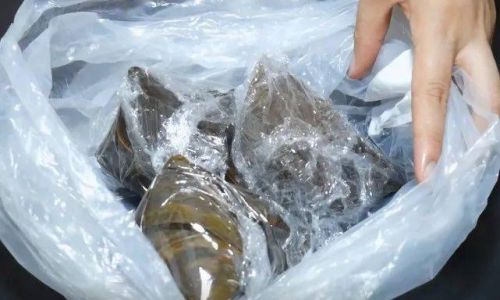
- Pros: Stackable; protects against physical damage; easy to label.
- Cons: Air trapped inside can still cause freezer burn over time.
- Tip: Press a piece of plastic wrap directly onto the zongzi’s surface before closing the lid to reduce air pockets.
Freezer-Safe Wraps (Aluminum Foil, Parchment Paper, or Plastic Wrap)
Wrapping zongzi individually offers flexibility and saves space.
- Pros: Cost-effective; allows for portion control; reduces cross-contamination.
- Cons: Prone to punctures; may not seal as tightly as vacuum bags.
- Tip: Layer multiple wraps (e.g., parchment paper + foil) for added protection.
Step-by-Step Guide to Sealing Zongzi for Freezing
Step 1: Cool Completely
Never seal hot or warm zongzi, as trapped steam will condense into moisture, forming ice crystals that ruin texture. Let them cool at room temperature for 1–2 hours, then refrigerate for an additional 2–3 hours.
Step 2: Prep the Packaging
- For vacuum sealing: Cut bags to size, leaving 3–4 inches of extra space.
- For containers: Ensure lids fit snugly; consider lining with parchment paper.
- For wraps: Use food-grade materials; avoid aluminum foil touching acidic fillings (e.g., vinegar-marinated meat).
Step 3: Portion and Arrange
Divide zongzi into meal-sized portions to avoid thawing excess. Arrange them in a single layer to prevent crushing.
Step 4: Remove Excess Air
- Vacuum sealers: Follow machine instructions.
- Containers: Fill to capacity; press down gently to expel air.
- Wraps: Tightly twist ends or secure with freezer tape.
Step 5: Label and Date
Use waterproof markers to note the contents and freeze date. Zongzi typically last 3–6 months when sealed properly.

Thawing and Reheating: Dos and Don’ts
Proper thawing is as critical as sealing.
- Avoid Room Temperature Thawing: This promotes bacterial growth.
- Refrigerator Thawing: Transfer frozen zongzi to the fridge 12–24 hours before reheating.
- Cold Water Thawing: Submerge sealed bags in cold water, changing the water every 30 minutes.
Reheating Methods
- Steaming: Preserves moisture and texture. Steam for 15–20 minutes.
- Boiling: Place sealed zongzi in boiling water for 10–15 minutes.
- Microwave: Use a microwave-safe dish with a splash of water; heat in 1-minute intervals.
Caution: Never reheat zongzi directly from frozen, as uneven heating can create hotspots while leaving centers cold.
Common Mistakes to Avoid
- Overfilling Containers: Traps air and moisture.
- Using Non-Freezer-Safe Materials: Glass jars may crack; thin plastic wraps can tear.
- Ignoring Fillings: Fatty or high-sugar fillings (e.g., pork belly) may spoil faster than plain rice.
- Skipping Labeling: Forgetting the freeze date risks consuming expired zongzi.
Signs of Spoilage
Even when sealed, zongzi can deteriorate. Discard if you notice:
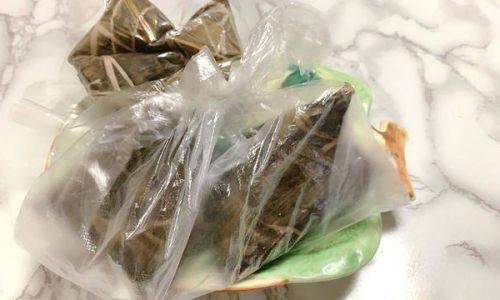
- Foul Odors: A sour or ammonia-like smell.
- Texture Changes: Excessively dry, mushy, or slimy spots.
- Mold: Fuzzy growths, even if only on the surface.
Alternatives to Freezing: Short-Term Storage
If freezing isn’t an option:
- Refrigeration: Store sealed zongzi for 3–5 days.
- Dry Storage: Unwrapped, dried zongzi (a regional variant) can last weeks in a cool, dark place.
The Environmental Impact of Sealing Materials
While convenience matters, consider sustainability:
- Reusable Containers: Glass or silicone options reduce plastic waste.
- Biodegradable Wraps: Bee’s wax cloth or plant-based films for eco-conscious storage.
Conclusion: Sealing for Longevity and Flavor
Sealing frozen zongzi is not merely optional—it’s a necessity for preserving their cultural essence and culinary integrity. By understanding the science of freezing, choosing appropriate materials, and adhering to proper thawing protocols, you can enjoy these treats months after preparation without sacrificing taste or safety. Whether you’re a home cook stocking up for the Dragon Boat Festival or a food enthusiast experimenting with global flavors, mastering the art of sealing zongzi ensures this ancient delicacy remains a timeless delight.
Final Tip: Always prioritize food safety. When in doubt, trust your senses—and when in further doubt, discard. After all, the best zongzi is one that nourishes both body and soul.
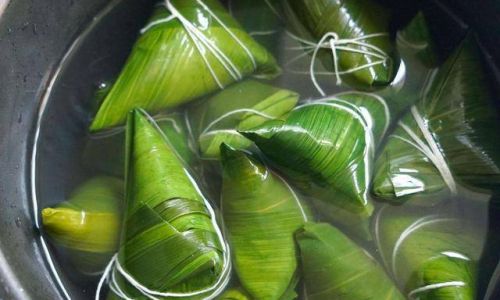
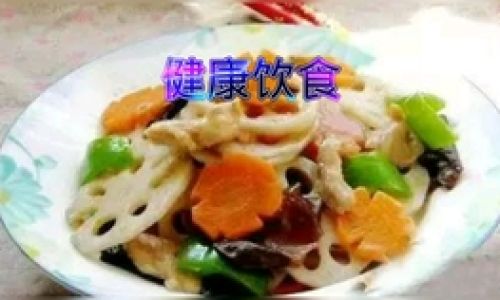
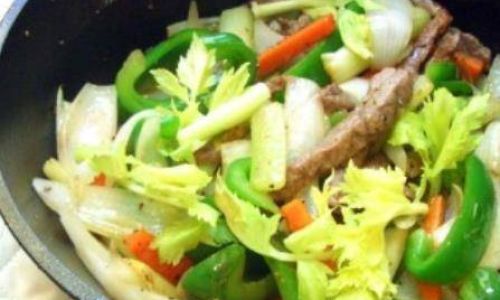


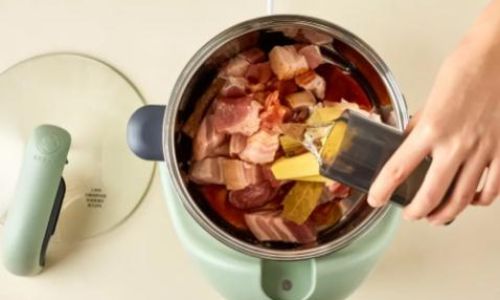
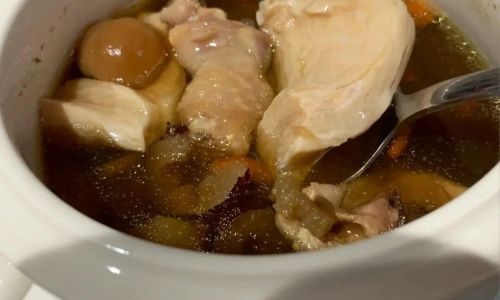
0 comments